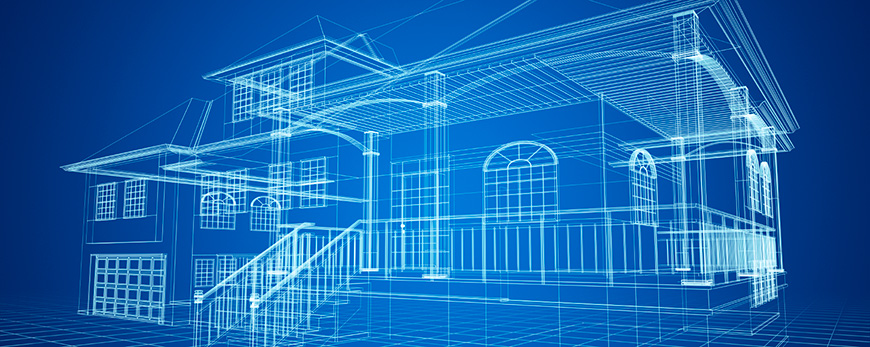The Essential Duty of an Engineer fit Lasting Urban Atmospheres for Future Generations
The function of an architect in crafting lasting urban settings is progressively crucial in responding to the obstacles of climate adjustment and urbanization. By effortlessly integrating environmental concepts into their layouts, engineers not only improve the aesthetic and practical quality of metropolitan rooms however additionally address pressing problems such as power efficiency and social equity.
Recognizing Sustainable Urban Style
Lasting urban style incorporates ecological principles with metropolitan preparation to create atmospheres that are not just livable however additionally resilient. This approach stresses the importance of incorporating natural systems right into the urban material, ensuring that development meets the requirements of the existing without compromising the ability of future generations to satisfy their very own demands. Crucial element of sustainable metropolitan style consist of reliable land usage, the promotion of biodiversity, and the integration of eco-friendly areas, all of which add to boosted top quality of life for residents.
Additionally, sustainable urban layout prioritizes the reduction of the urban heat island result, boosted air top quality, and effective stormwater management. It urges using renewable energies and energy-efficient building practices, which considerably lower carbon footprints. Lasting city style promotes social equity by creating obtainable public areas and promoting mixed-use advancements that cater to varied populaces.
With thoughtful planning and cutting-edge layout methods, sustainable urban settings can improve neighborhood resilience versus climate change while cultivating financial development. This all natural technique not only addresses immediate city challenges however also prepares for much healthier, much more sustainable cities for generations ahead.
Key Responsibilities of Engineers
Designers play a pivotal duty in shaping lasting metropolitan environments by converting style concepts into substantial frameworks and spaces. Their duties encompass a variety of tasks that add to the total success of metropolitan layout jobs.
Most importantly, designers conduct thorough site evaluations to understand the ecological, social, and cultural context of their tasks. This foundational understanding informs their style choices, making sure that structures harmonize with their environments. They also engage in joint processes with stakeholders, including city organizers, engineers, and the neighborhood, cultivating an inclusive technique to city development.
Furthermore, architects are tasked with developing layouts that optimize energy effectiveness, source conservation, and performance. They need to stick to local zoning legislations, constructing codes, and sustainability certifications, guaranteeing conformity while pressing the borders of innovation.

Cutting-edge Products and Techniques
In the pursuit of environmentally liable layout, ingenious materials and strategies have actually emerged as important elements in the production of lasting urban environments. Engineers are progressively utilizing products that reduce environmental influence while improving energy performance. Recycled products, such as reclaimed timber and repurposed metals, not just decrease waste yet likewise include distinct visual high qualities to frameworks.
Furthermore, advancements in innovation have actually brought about the development of high-performance materials, such as shielded concrete forms (ICFs) and solar glass, helpful hints which add to power preservation and harness renewable resource. Methods such as passive solar layout and environment-friendly roofs even more exhibit just how style can integrate with natural systems, decreasing reliance on synthetic cooling and heating.
In addition, the assimilation of smart materials, which adapt to environmental changes, offers promising avenues for improving building performance - cda architects. These materials can react to temperature changes or wetness levels, enhancing comfort and sustainability
Ultimately, the strategic selection and application of cutting-edge products and methods equip designers to produce urban spaces that are not just useful and cosmetically pleasing however likewise durable and environmentally responsible, ensuring a lasting future for generations ahead.
Neighborhood Interaction and Collaboration
The success of innovative products and methods in sustainable urban style advice is dramatically boosted by active community involvement and cooperation. Designers must identify that the developed environment greatly impacts the lives of local homeowners, making it essential to entail them in the style process. Involving the community cultivates a feeling of ownership and liability, guaranteeing that growths not just meet visual and functional demands but additionally show the worths and goals of those that occupy them.

Successful area involvement likewise aids in prioritizing social equity within urban advancement. By thinking about the voices of marginalized populaces, engineers can develop rooms that are comprehensive and fair. In this means, area involvement and collaboration become integral to achieving truly sustainable urban environments that offer the demands of existing and future generations.
Future Fads in Sustainable Design

Additionally, innovations in innovation are forming future patterns in lasting Learn More design. The assimilation of wise products and building systems enables real-time energy administration, enhancing effectiveness and reducing carbon footprints. Technologies such as green roof coverings, living walls, and energy-generating exteriors are becoming conventional practices, even more advertising ecological balance within metropolitan settings.
Furthermore, a change in the direction of biophilic design is acquiring grip, stressing the connection between nature and human wellness. By including natural environments, designers develop rooms that foster psychological health while promoting biodiversity.
Final Thought
To conclude, engineers are essential ahead of time sustainable city atmospheres with their proficiency in style, ingenious products, and area involvement. By prioritizing energy effectiveness and source preservation, these specialists add to the production of resistant urban spaces that meet the needs of present and future generations - cda architects. The integration of ecological principles not only enhances livability but also fosters social equity, ensuring developments resonate with the worths and desires of the areas they offer